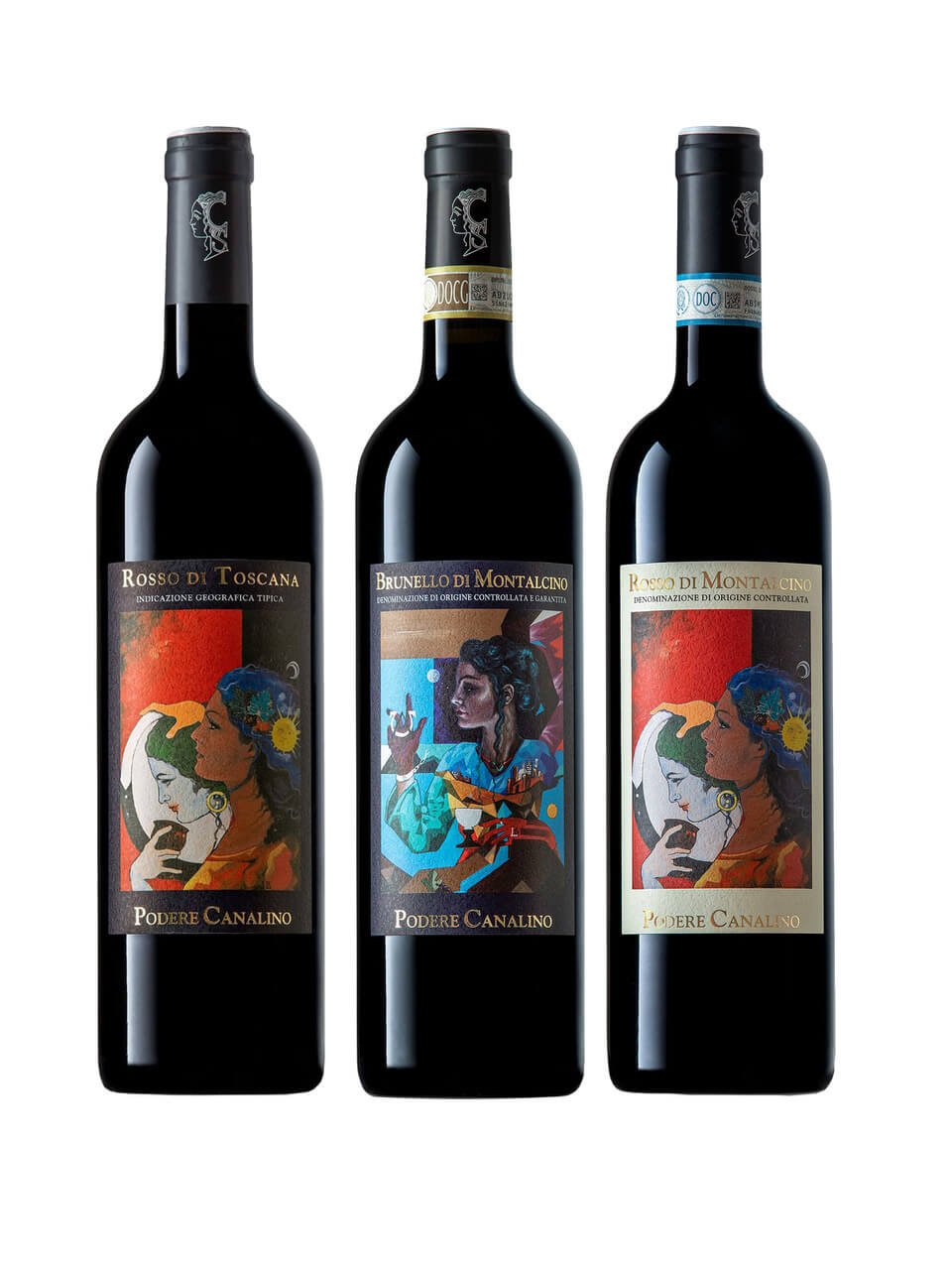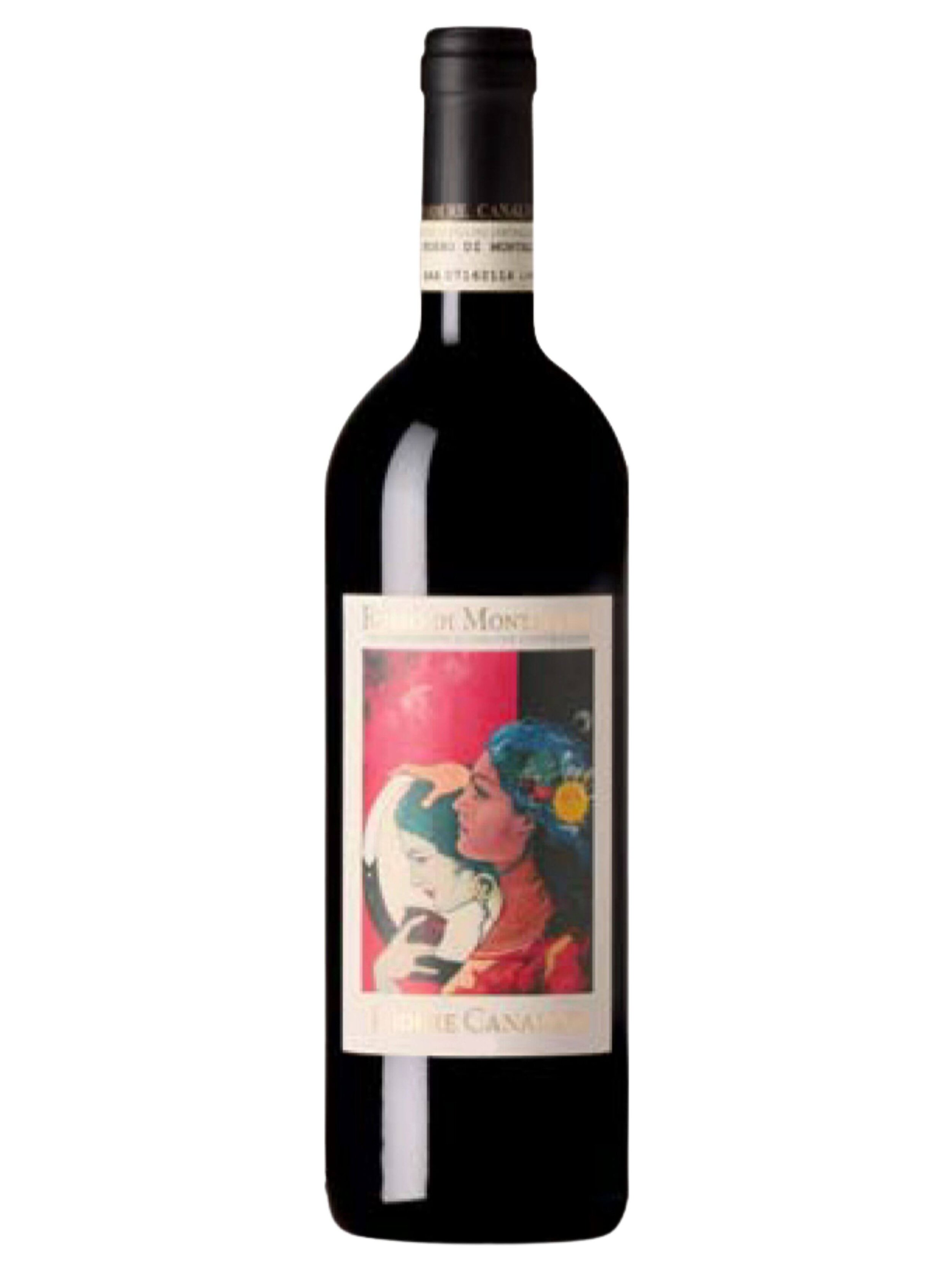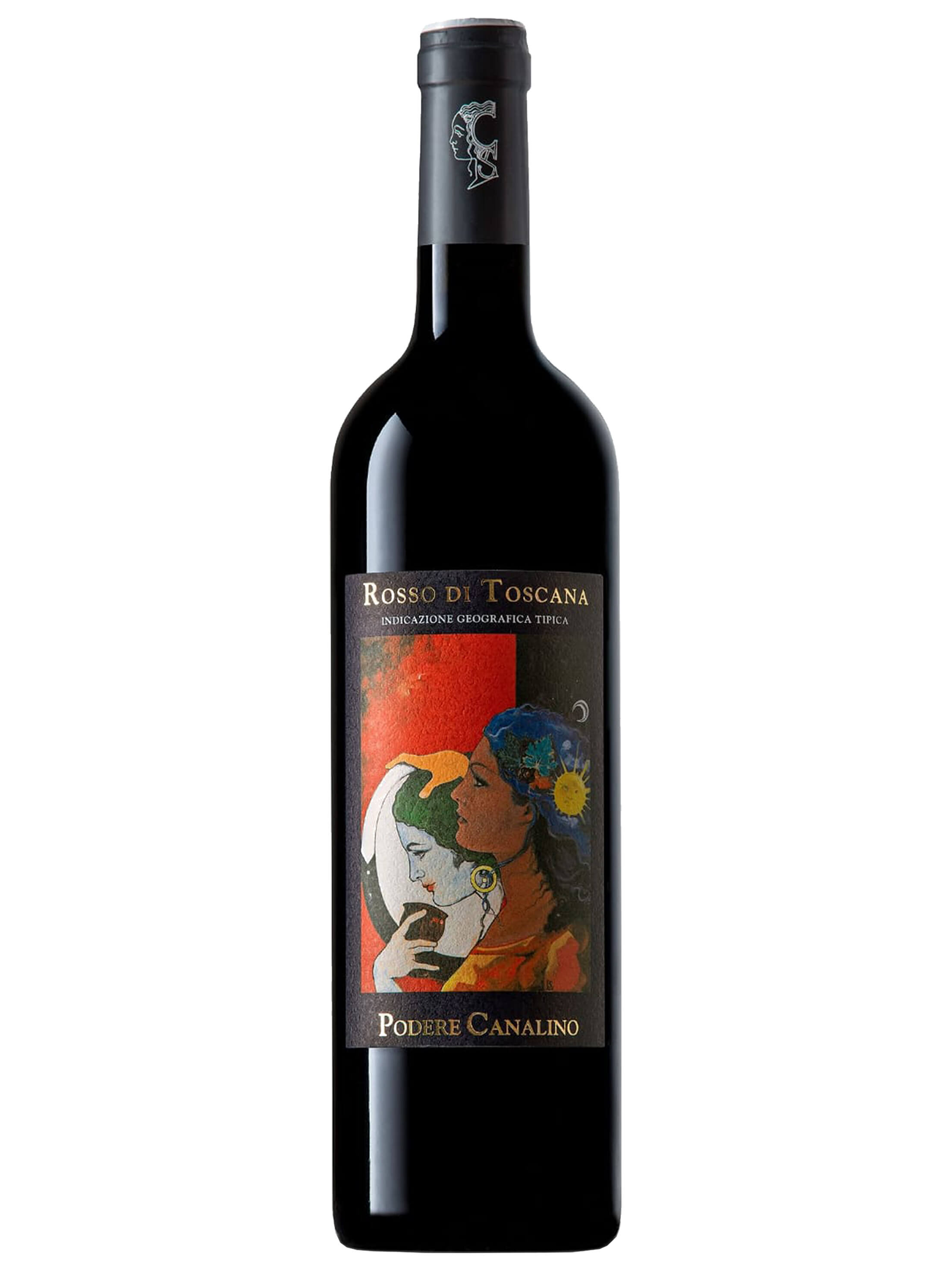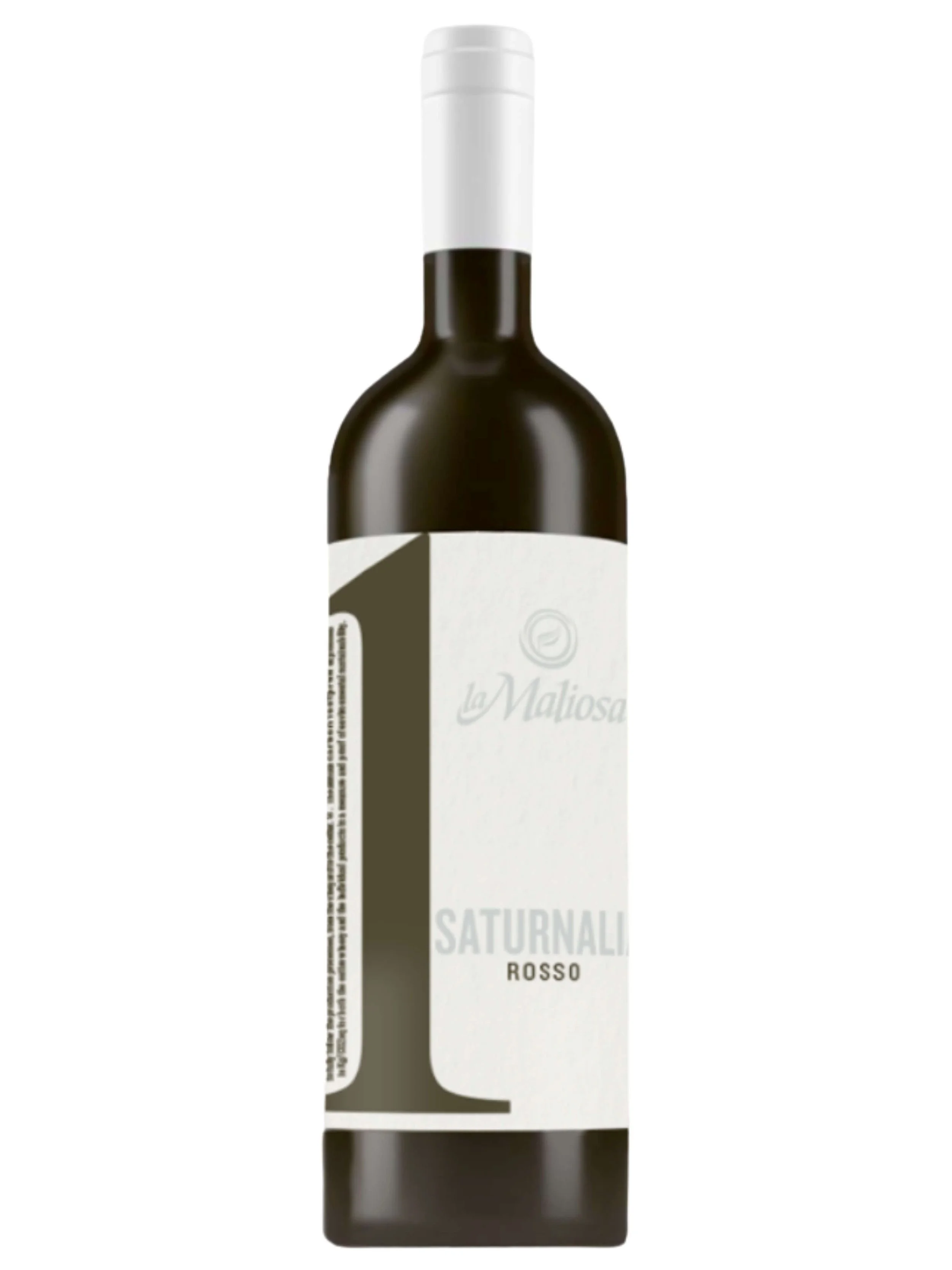When in (Ancient) Rome...
Banquets, merrymaking, extravagance. In modern stereotypes, ancient Roman cuisine and festivities conjure up visions of sheer indulgence. In fact, at time of publication, it is the celebration of Saturnalia, which was a huge party and feast for everybody, going from Dec 17 - 23rd, which, they say, influenced the timing of Christmas holidays centuries following.
To accompany these big parties, the Romans back then also knew how to cook delicious meals. Several common ancient Roman ingredients, especially spices, may surprise you. While the Romans did love their lavish foods, there was a startling practicality behind their cuisine and wine. Let’s dive in to discover what sources allow us to study Roman cuisine, as well as their common serving habits, and what kinds of foods and wines they ate regularly.
Preserved amphorae and built-in dolia jars in Pompeii, Italy where Ancient Romans used to get 'take out’ food in thermopoliums spread throughout the city.
Cuisine in Ancient Roman Times
Thanks to archaeological artifacts and surviving writings, we actually know quite a bit about the culinary culture of the ancient Romans. While noted Roman authors passed down recipes and observations in their writings, from Pliny the Elder to the Senator Cato, one work has become famous for its collection of Roman recipes: the Apicius. Attributed to a man known as Apicius, it is believed he was a gourmand who lived during the reign of the Emperor Tiberius during the first century AD. Some scholars believe it may in fact be a compilation from different chefs as it reads less like a cookbook, and more like a series of cookery notes. Either way, it gives us valuable insights into techniques, ingredients, and overall flavor profiles present during Roman times.
Other valuable sources come from archaeological records and artifacts, such as the treasure trove found in the ancient city of Pompeii. Buried by the volcanic eruption of Mount Vesuvius in 79 AD, the city of Pompeii was perfectly preserved as a snapshot of daily Roman life. A large part of the discoveries to come out of Pompeii are some of the ingredients and foods common to the Roman diet. Bread was discovered in ovens, and jars of grains, spices, nuts, fruits, and vegetables were found in stores and in thermopoliums.
A well-preserved thermopolium in Pompeii, complete with dolia and a protective affresco overlooking the bar.
Thermopoliums were the ancient Roman version of restaurant dining and take-out. These were shops that were characterized by low counters with large special jars, or dolia, built in. The daily menu offering would fill the dolia, for both hot and cold fare, and passersby could stop in to grab a bite to eat on the run, or, in some larger shops, take a seat for dining in. It was very common for the normal working class to eat a large part of their hot meals from these thermopoliums; Pompeii alone had 89, as the common insulae or apartment buildings provided poor kitchen space. It was the wealthy that ate at home and could afford large enough kitchens. In Pompeii, you can see many frescos and mosaics that depict wealthy banquet tables with reclining guests and a multitude of slaves and servants ready at beck and call. Here is where what we would consider more exotic dishes can be seen: peacocks, stuffed sow (female pig’s) udder and so on.
In fact, during ancient times in Rome, meat had a particular place in the culinary scene. Dishes with beef were not particularly popular due to the general usefulness of the cow (milk, cream, and labor). This led to pork, poultry, and seafood being the proteins of choice on Roman tables. While chicken was a relatively fancy protein, other fowl such as duck (as we will see in our recipe below), guinea fowl, and pheasant were very popular options for Roman diners. To pair with this meat, oftentimes flavorful sauces were prepared. The most famous condiment was known as Garum, a fish based sauce that gave dishes a complex umami flavor. However, sweet sauces were just as popular. Honey was a popular ingredient in the Roman kitchen, not only for its sweetness, but for its preservative properties to conserve meats and its medicinal purposes.
For flavor, the Romans had a surprisingly ample arsenal of spices and herbs at their disposal. Indo-Roman trade relations started before Rome became a world power, but it was during the reign of the first Emperor Augustus that these Indo-Roman routes really became stable and well-travelled. This, along with southern expansion into Northern Africa and the Middle East, created a flow of spices into the Roman empire that might be surprising. Spices such as saffron, ginger, cardamom, pepper, cumin, coriander, and cloves as well as other seeds such as poppy, sesame, star anise, and caraway are just a few of the precious spices that were used in Roman times.
Canalino’s Rosso di Montalcino pairs well with the Ancient Roman-inspired recipe below of Honey and Spicy Glazed Duck Breast.
A Roman Inspired Recipe with a Natural Wine Pairing
One of our founder’s go-to recipes is one that she learned 20 years ago after moving to Italy. Wanting to ‘cook like a real italian,’ Sheila Donohue took some lessons from a cooking school in Bologna, called ‘Gli Amici di Babette’ Association. Expecting to learn more ‘traditional’ Italian dishes, say a tomato or cream based one, she was surprised when the instructor came out with a recipe using spices from what would be more common with Indian food. In fact, this recipe for a succulent duck breast with a exotic spices and a touch of sweetness is taken from ancient Rome. To this day, it is not a dish you commonly find anyone eating in Italy. But sure enough, it corresponds with ancient Rome’s history and customs.
And for wines? In general, Romans loved their wines! While it is true, as we have discussed before in previous articles on sweet wine, sweet wines, or even wines with added honey were very prestigious in the Roman cellars. However, as discussed by writers like Pliny the Elder and others, dry wines were thoroughly enjoyed as well and areas like Montalcino in Tuscany, as we talked about in our article on the area, have been producing grapes and wine for millennia.
Wineries like Canalino, steps from the main gate into the historical center of Montalcino, craft great wines to pair with Roman-Inspired dishes such as this duck breast as they work the land and create wines using a natural philosophy and methodology. As discussed with Canalino winemaker Alberto Pagliantini in an interview, Canalino hand harvests all their sangiovese grapes. They also strive to farm in such a way to maintain the natural local biodiversity, working in harmony with local plant and animal life. All of this, paired with their wine making techniques, culminate in sangiovese-based red wines that are organic, vegan, and natural.
This honey and spice glazed duck breast pairs wonderfully with a complex red wine, like the Rosso di Montalcino from Canalino. You can purchase the bottle below, or even as part of our Montalcino Explorers Set, that includes not only all three of Canalino’s wines (the Brunello too), but free shipping as well!
Another good pairing with this recipe would be either of La Maliosa’s Saturnia natural wines. La Maliosa is based in Southern Tuscany, just of Rome, not far from the natural hot springs of Saturnia, a place which the Romans for sure took advantage of and took its name from the god Saturnia, which was a god of wealth and agriculture, and, yes, where the ancient Roman festival Saturnalia gets its name. Try this dish either with La Maliosa’s Saturnia Bianco orange wine, which, with skin contact adds complexity and makes the wine pairable with almost any food; or try it with La Maliosa’s Saturnia Rosso which also is a natural wine made from a blend of grapes found in Central Italy and Sardinia (Sangiovese, Ciliegiolo and Cannonau Gris).
Anatra Laccata al Miele e Spezie – Honey and Spice Glazed Duck Breast
Cooking and Prep Time: 30-45 minutes
Portions: 2 servings
Ingredients:
1 Duck breast, skin on
1 Shallot, large and chopped finely
2 tablespoons Honey
Broth
Salt/Pepper
Spice Mixture:
Cardamom
Coriander
Ginger
Nutmeg
Cumin
Sichuan Peppercorns
Star Anise
Whole Cloves
Suggested Wine Pairings:
Canalino | Rosso di Montalcino | Organic Vegan
Procedure:
1. Begin by creating the spice mixture. In a small bowl, place 1/4 teaspoon each of the cardamom, coriander, cumin, and ginger. Add a dash of freshly grated nutmeg and mix together. Mix in one or two star anises, 4 cloves, and 5 or 6 Sichuan peppercorns. Set aside.
2. In a bit of olive oil, begin to sauté the shallot, and when it is soft, add the spice mix. Stir in the honey and bring to a simmer to let thicken slightly. Add a few large tablespoons of broth, season with a little salt and black pepper. When the mixture comes again to a boil, let boil to thicken, then remove from heat and set aside.
3. Gently score the skin on the duck breast. In a skillet, heat a bit of olive oil, and once hot, carefully place the duck breasts, skin side down. Let brown, then flip and brown the other side. Continue to cook, flipping regularly. Cook about 10 minutes (for larger breasts, less for smaller ones) in total. Remove, cut off excess fat, cover in aluminum foil and set aside to rest.
4. Meanwhile, in a clean skillet, strain the shallot, honey, and spice mixture, carefully keeping in the skillet all the liquid. Bring to a simmer, then uncover and add the duck breast, whole or in thick slices. Allow to simmer for a few moments in the sauce, then serve hot with sides of choice.
Note: Credit for recipe goes to ‘Gli Amici di Babette’ Association in the province of Bologna.









